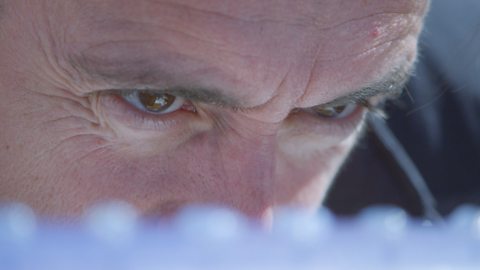Richard Hammond demonstrates the effect of water on other physical objects.
Water weighs around one kilogram per litre. The annual rainfall of England's wettest place, Borrowdale in the Lake District, is placed into the bucket of a machine. This is then dropped onto a car, crushing it.
Richard then moves on to demonstrate the effect of air resistance on raindrops. He builds a series of sand castles at the base of a tower in Bristol. When water is dropped from waist height the sandcastle is crushed. When dropped from height (30 metres), the water has less effect. The effect of air resistance on water is therefore explained.
Teacher Notes
Key Stage 3
This short film provides a demonstration of water’s power and weight. Pause just before the bucket is tipped in order to ask your class to make predictions on what will happen to the car.
This provides a nice link to science / physics as well as geography. You could look up precipitation information for Borrowdale in the Lake District. Why doesn’t the rain crush us? Then play the Bristol part of the clip.
Key Stage 4
Students could explore various sources of information in order to produce an explanation of why Borrowdale is the wettest place in the UK, linked to relief rainfall and the rain shadow. What are the other climate variables there annually? Science students could talk about reliable experiment design.
Curriculum Notes
This topic appears in geography and physics at KS3 and KS4 in England, Wales and Northern Ireland and National 5 in Scotland.
At GCSE it appears in AQA, OCR A, EDEXCEL, EDUQAS, WJEC and CCEA, in SQA at National 5.
More from Richard Hammond's Wild Weather
How can you cool a drink using the sun? video
Richard Hammond uses a beach, a towel, water and a drink to demonstrate how evaporation can be used to cool liquid.
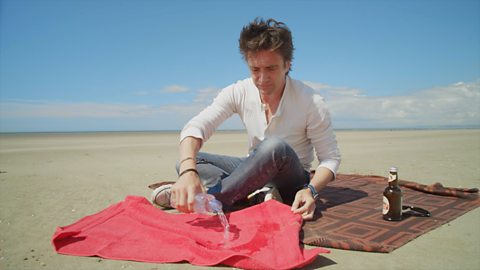
How does a thermal form? video
Richard Hammond demonstrates how thermals are formed through heat from the sun.
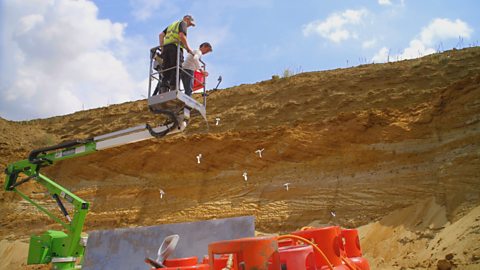
How does hail form? video
Richard Hammond explores the weather conditions that form hail.

How to see thunder. video
Richard Hammond visits Lightning Testing and Consultancy in Oxfordshire to take part in laboratory experiments that demonstrate the effect of thunder within controlled conditions.

How to use wind to forecast the weather. video
Richard Hammond demonstrates how we can forecast the weather simply by watching the way the wind effects the clouds.
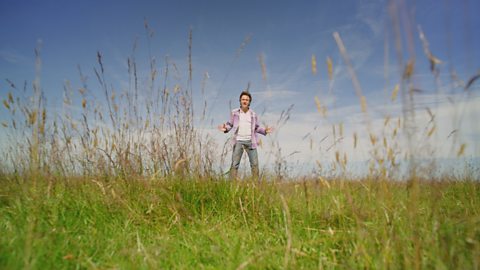
Inside a tornado. video
Richard Hammond explores the properties of a tornado that has been created in laboratory conditions.
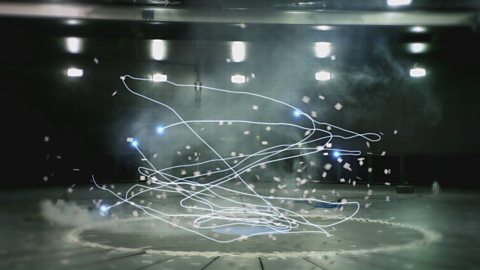
What is the difference between rain and drizzle? video
Richard Hammond demonstrates a visual technique to distinguish between drizzle and rain.
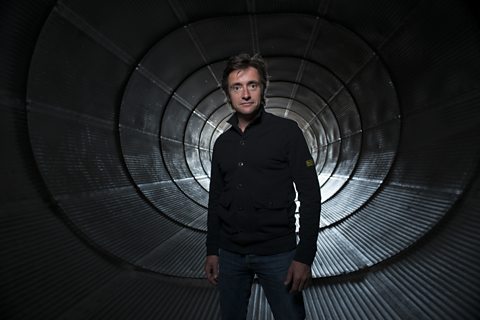
What is wind? video
Richard Hammond demonstrates how wind is created due to differences in air pressure.
